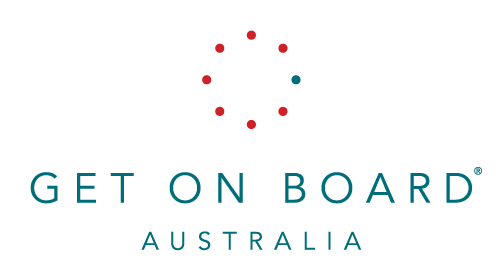Your Board Search: Developing Your Unique Value Proposition

Much of your board search centres around marketing yourself. Think of yourself as the product/service you’re selling, and think of the boards you would like to join as your target market or potential customers.
As a former marketer, this makes sense to me and is a very useful way of looking at yourself in the context of your board search.
To this end, part of your board search should include developing a short statement of the value you bring to a board / organisation that is unique and more compelling than other board candidates. In marketing terms, this is your Unique Value Proposition, or UVP.
Today’s article focuses on what makes up a UVP, creating your UVP, and how to use your UVP in relation to your board search.
What is a UVP?
I found three explanations of a UVP. These easily translate for our purpose of thinking of yourself as the ‘offer’ or product/service, and the boards you are pursuing as your target customer / buyer.
“… a clear statement that describes the benefit of your offer [i.e. you], how you solve your customer’s needs and what distinguishes you from the competition.” (source)
“… your value proposition is a short statement that encompasses the benefits of the services you provide [i.e. you] as well as how you differentiate yourself from your competitors [i.e. other people pursuing the same board opportunities].” (source)
“In its simplest terms, a value proposition is a positioning statement that explains what benefit you provide for who and how you do it uniquely well. It describes your target buyer, the pain point you solve, and why you’re distinctly better than the alternatives.” (source)
I don’t know about you, but I find it a little more comfortable to think of myself as a stand-alone asset that I am ‘selling’ to boards, rather than out there tooting my own horn about how perfect I am for them (which I know I am; I’d just rather do it in a way that feels relatively more comfortable to me). It can feel awkward to really put yourself out there when you initially begin searching for your first board opportunity.
What does a UVP look like?
The three examples above show us that a good UVP considers:
The target: who you are making the offer to. Usually, the boards/organisations you want to join.
The problem/pain point you solve: your zone of genius. This is often related to what you’re hired to do professionally in your ‘day job’, but it could be something else you’re amazing at. It is highly valued by your target.
Why you’re better than the competition: the compelling reason why you should be selected over other board candidates.
Here are a few examples of a UVP:
I help technology-based organisations to sustainably grow fast by building nimble and secure financial frameworks. – for a finance expert looking for fast-growing, tech company boards.
I protect ideas to give start-up organisations the confidence to launch innovative products globally. – for an IP lawyer looking for start-up boards that sell products internationally.
I enable established organisations to grow and enter new markets through implementing effective and innovative sales and marketing campaigns. – for a marketing/sales professional looking to join the boards of established companies that are ready to try new techniques to help them continue to grow.
It’s important to keep your target market in mind when crafting your UVP (e.g. technology-based organisation, startup organisations, established organisations, etc.). It should connect to and resonate with the board(s) that you’re wanting to join. Is your UVP seen as ‘valuable’ to your target board? If not, consider altering your UVP in a way that is still authentic, but that better resonates with your target board.
Why do you need a UVP?
When considered from the perspective of your target board(s), your UVP helps inform a number of other activities in your board search:
1. It gives you a meaningful and compelling way to introduce yourself at networking events and talk about yourself across various mediums (e.g. social media channels, board resume, and during face-to-face interactions).
2. It helps you to identify board opportunities that you could be good for and that best suit you.
3. It helps your network to identify board opportunities that you could be good for and that best suit you.
4. It helps you to identify the key accomplishments you should be highlighting in your board resume.
5. It gives you a focus as you answer questions during the board interview.
How do you develop your UVP?
When starting to put together your personal UVP, start with the following:
Consider what you’re really good at; usually from a professional perspective. What are you hired to do at work? What sort of projects do you get asked to do?
Review your professional key achievements – what do they relate to? What is the common theme across them?
Ask people who know you very well in professional capacity “what do you think I’m really good at?”. Graciously accept their feedback!
Practice using your UVP in a range of scenarios and situations. Does it feel natural? Does it work for your purpose? Does it resonate with the people it needs to?
Remember to make it easy for the person recruiting you to understand the value you will bring to the board and organisation.
And always, always adapt it to each ‘target customer’.
Your UVP is a real asset in the context of your board search. I encourage you to take the time – and a small amount of discomfort – to put together your UVP. Then, share it with the world!
